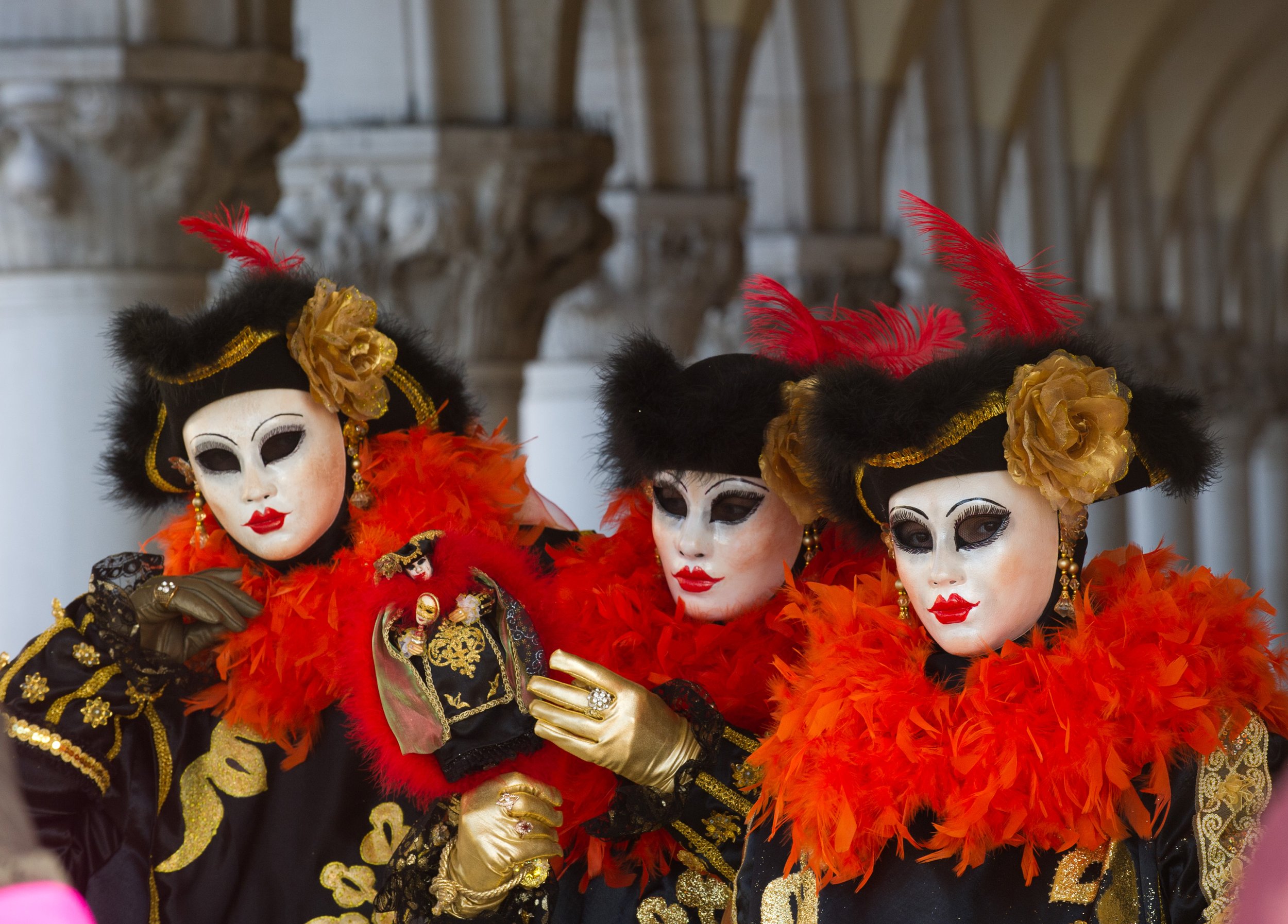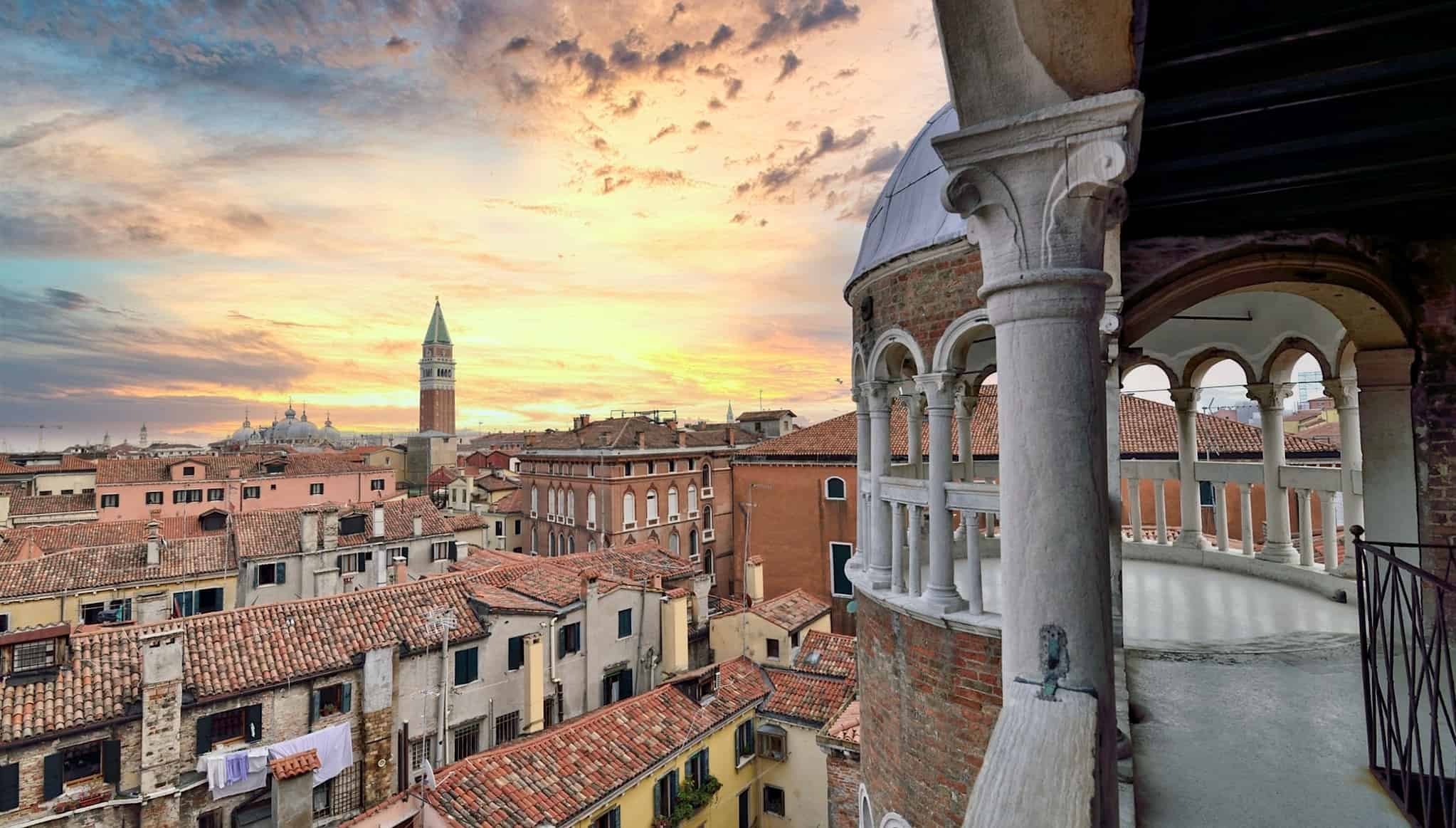Venice Real Osterie
/A selection of Venice Osterie where you can get wonderful food for 30Euro or less!
La Frasca
This is a small restaurant with just the owner and his chef. Pleasant, no-frills trattoria on a quiet residential square. For a taste of tagliata di calimaro (sliced grilled squid) with arugula or pomodorini tomatoes with strawberries and violet artichokes, wend your way up quintessential calli to La Frasca. Far from the maddening San Marco crowds, this tiny eatery nestled on a remote campiello charms before you even taste the seafood sampler of grilled seppie cuttlefish, canoce mantis shrimp, excellent baccalà mantecato, or sarde in saor. Wines are an important part of the meal here; ask for a recommendation from the ample list of predominantly regional selections. With limited indoor seating, La Frasca encloses and heats their outdoor terrace to accommodate winter diners.
Address: Corte de la Carità, Cannaregio 5176, Venice, 30121 Phone: 041/2412585 Vaporetto: Fondamente Nove No lunch Mon. and Wed.
Dalla Marisa
Signora Marisa is a culinary legend in Venice, with locals calling up days in advance to ask her to prepare ancient recipes such as risotto con le secoe (risotto made with a cut of beef from around the spine). Pasta dishes include the excellent tagliatelle con sugo di masaro (in duck sauce), while secondi range from tripe to roast stuffed pheasant. In summer, tables spill out from the tiny interior on to the fondamenta. Book well ahead - and remember, serving times are rigid: turn up late and you'll go hungry. There's a €15 lunch menu..
Cannaregio 652B, fondamenta San Giobbe Vaporetto Crea or Tre Archi Telephone 041 720 211 Meals served noon-2.30pm Mon, Wed, Sun; noon-2.30pm, 8-9.15pm Tue, Thur-Sat. Closed Aug
Trattoria Ca’ D’Oro
“This picturesque osteria [informal restaurant or tavern] has a well-stocked cicchetti [small plate] counter plus small tables in the back if you order from the menu.”—Michela Scibilia, author, Venice Osterie. One of the oldest wine bars in the city and also known as Alla Vedova; popular with locals and travelers barhopping along Strada Nova; serves Venetian classics and is famous for its polpette (meatballs).
Cannaregio 3912; tel. 39 041 528 5324.
Osteria al Garanghelo
“One of the ever decreasing number of old-time Venetian osterie.”—Ruth Edenbaum, author, Chow Venice: Savoring the Food and Wine of La Serenissima. This simple, casual restaurant is low-key and local; cicchetti (small plates) up front and tables in back; wines by the glass; menu includes a vegetable antipasta platter, seafood starters like sarde in saor (Venetian-style marinated sardines), and pastas.
Close to Rialto market. San Polo 1570; tel. 39 041 721 721.
Dai Tosi (37)
If you're stuck for somewhere to eat after a visit to the Art or Architecture Biennale and are in the mood for cheap and cheerful refuelling, this neighbourhood trattoria-pizzeria, in a residential street that always seems to be festooned with laundry, should fit the bill perfectly. In summer, when they put tables outside in the street, there are few more picturesque dining backdrops in Venice. The pizzas are fine and filling (try the gorgonzola, radicchio and walnut topping), and they also do a good range of Venetian and pan-Italian pasta dishes. This is a good place to come with kids, who can work up an appetite in the play area near the Giardini vaporetto stop. Beware of mixing this up with another nearby namesake restaurant; if you're in any doubt, ask for 'Dai Tosi Piccoli' (Little Dai Tosi).
In summer, when they put tables outside in the street, there are few more picturesque dining backdrops in Venice.
In summer, when they put tables outside in the street, there are few more picturesque dining backdrops in Venice.
Address: Castello 738, Secco Marina, 30122 Getting there: Vaporetto stop Giardini Contact: 00 39 041 523 7102; trattoriadaitosi.comOpening times: Mon, Tue, Thu, midday-2pm; Fri-Sun, midday-2pm, 7pm-9.30pm Prices: pizzas from €5, pasta dishes around €12 Payment type: credit cards accepted Cuisine: Italian, pizza Reservations: not necessary







































